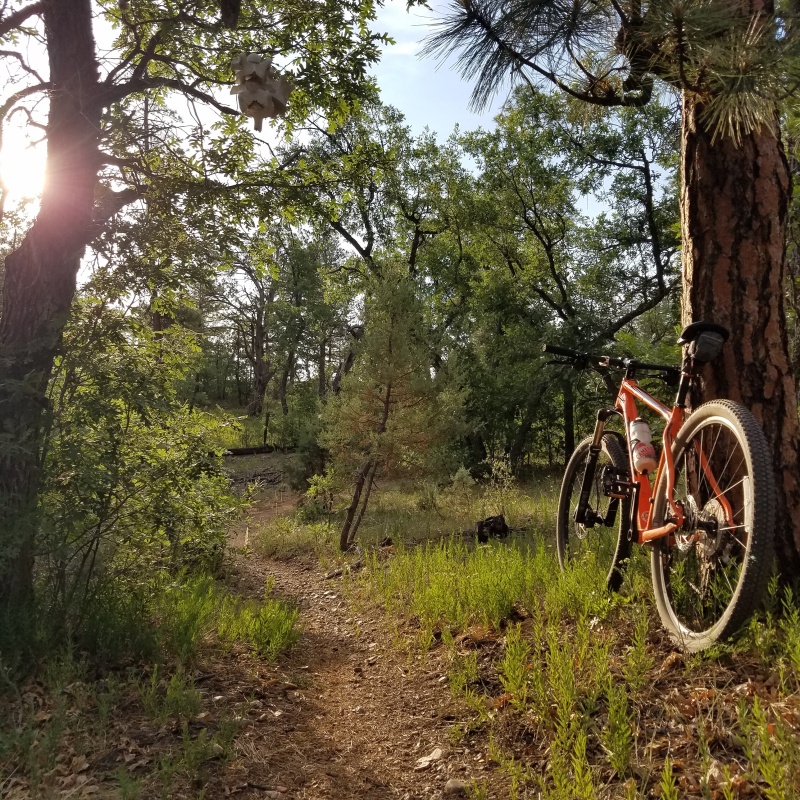Our observation unit is lovingly called the Hooper Annex (Hooper is our local detox unit) as not a day goes by that we don’t have at least 1 in with ETOH-related issues. But we get dumped on, a lot. Usually it’s because the docs can’t or won’t make up their mind and end up passing the buck.
Can’t figure out what to do with grandma, but there’s really nothing medically wrong with her? Admit to obs.
Oh, you’re drunk and it’s cold outside? Admit to obs.
Gastropareisis needing dilaudid? Obs.
I know that an observation unit is a place to send the patient if they just a little too unsafe to send home, but not sick enough to be admitted. And it can be a great thing. Take for example uncomplicated chest pain. No family history, no pain at rest, pain resolved PTA, but you’re male, age >50 and smoke. OK, perfect obs admit. Grab some serial enzymes, an EKG in the morning, maybe a stress test and off you go. Or when your troponin I jumps to 5.0, we can start beta blockers, integrillin and call the cath lab. Either way, we’ve done the right thing.
On the other hand you get a patient that needs a little IV antibiotics for an upper arm abscess. The labs from their PCP are borderline icky, not enough to say definitively one way or the other if in-patient admission is warranted. What to do? Based on old labs, because why would we pull new ones, just plan to admit them to obs. Then maybe grab a few new labs to direct therapy.
But if things had gone the right way, y’know like accurately triaging the patient, doing a complete workup before sending the patient out of the ED, like with labs and stuff, we wouldn’t be looking at this trainwreck patient rolling by the desk looking at each other going, “Uh, oh.”
If you had drawn labs first you would have been floored by the lactate of 2.2, the WBC >18, a H/H in the shitter, mult. 4+ accumulations of gram-positive baccili and cocci and gran-negative baccilli growing from the wound culture you just did the in ED or the raging case of rhabdomyolysis with a CPK of 96,000! Yes, 96,000.
Luckily for you,we queried this lack of workup where you found all of these values. We had a funny feeling, y’know that gut-level, spidey-sense feeling that this patient is not going to turn out well without a higher level of care. Thankfully you ended up placing the patient in the ICU so they could run pressors and hang lots of lots of fluid on his septic self, instead of on observation where we would have had to rapid response them to get them to the unit as they crashed before our eyes. Yeah, good call.
